GOOD THINGS TO LIFE
Jun 9th, 2007 by admin
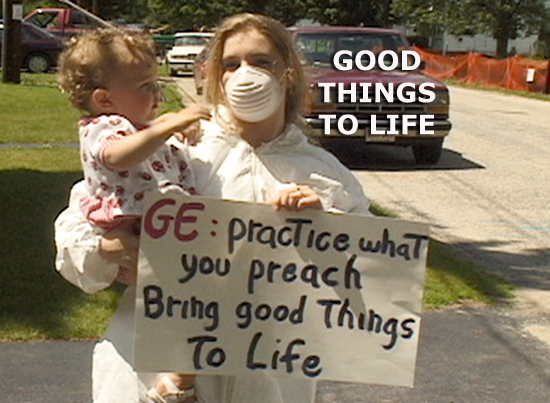
Even though there was mounting evidence that workers exposed to PCBs were experiencing noticeable negative health effects, it took until the mid-1970s for the United States Environmental Protection Agency (EPA), to announce that there was enough scientific evidence that PCBs posed a significant threat to the environment and human health to ban their use.
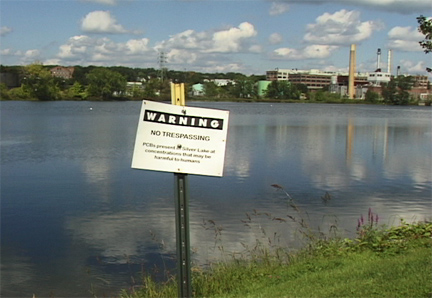
Silver Lake – contaminated by PCBs
But by that time more than a billion and half pounds of PCBs had made their way into the earth’s environment, and today measurable amounts of PCBs are found in the bloodstream and fatty tissue of every human being, and much of our wildlife.
“Good Things To Life” tells a complex story. It begins with the GE workers, who on a daily basis, were exposed to extremely high levels of this toxic chemical without proper protective clothing; and without fully understanding the risks they, and their families, were taking.
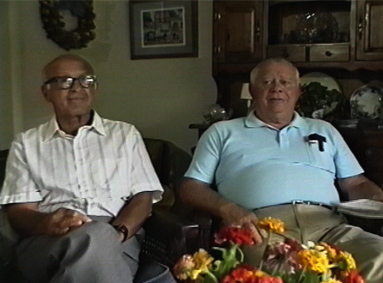
Charles Fessenden and Ed Bates.
GE engineers who became concerned about why so many GE worker at PowerTransformer were getting ill after long-term exposure to PCBs
PCB-contaminated oil routinely migrated from GE’s 250-acre industrial plant located in the very center of the city to the surrounding groundwater, nearby Silver Lake, and to the Housatonic River, which flows through Massachusetts to Connecticut on down to the Long Island Sound.
Faced with ever mounting amounts of PCB-contaminated material, and with a growing need to dispose of this material, GE and its contractors hauled and dumped PCB-contaminated material anywhere they could. They still had too much. So GE in the 1940s and 50s launched a giveaway program. GE employees and their neighbors and local contractors, in return for signing a letter stating that they were receiving clean fill and that they would not hold GE liable for any subsequent problems, were given truckloads of PCB-contaminated material to use as fill in their backyards and construction projects.
The sheer magnitude and varied scope of this contamination has made the Pittsfield/Housatonic Site one of America’s most complicated PCB sites.
Statement of the Director
In 1990, my former partner and I were hired by some filmmakers to conduct interviews for a proposed documentary about General Electric (GE) and Pittsfield, Massachusetts, a small manufacturing city almost totally dependent upon GE. They were unable to secure funding and dropped the project.
I was haunted by interviews with a GE Manager and a GE worker who spoke about working with PCBs, polychlorinated bi-phenyls, a man-made chemical used as an insulating fluid in GE transformers.
I began in 1992 to shoot more interviews and public meetings.
Throughout the 12 years it has taken me to make this film, GE has been one of the world’s most powerful and popular corporations, and its CEO, Jack Welch, who lived and worked in Pittsfield for many years, was one of the world’s most successful and revered corporate leaders.
Although I have had some success in fundraising for other film projects, I was unable to raise funds for this project. And so for twelve years I took whatever money I earned from other projects to subsidize this. Luckily the extraordinary breakthroughs in digital video and computerized editing systems made it much more possible for filmmakers like me to continue on. I began to shoot Mini-DV on a SONY VX1000 and editing the film using Final Cut Pro on my Macintosh G4.
The story developed before my eyes. And as GE abandoned Pittsfield, moving jobs to the American South and overseas, and as more and more people began to realize how contaminated GE had left their city, former GE workers would agree to talk to me.
Simultaneously a very rare coalition of people (rare, at least in the United States) of blue-collar working people, hunters and fishermen, environmentalists, local politicians, and small business owners began to put enormous pressure on state and federal environmental regulators to force GE to clean up its mess.
12 years later, my film chronicles the very mixed victory of this coalition: workers who will die without any acknowledgment from GE that toxic chemicals hastened their deaths; a successful movement amongst Pittsfield homeowners to force the clean-up of 150 contaminated residential properties; and a multi-million dollar clean-up of the first two miles of the Housatonic River.
Official Selection:
2003 Lost Film Festival, Philadelphia, PA;
2003 FilmColumbia Festival, Chatham, NY;
VisionFest 03, NY, NY.
Civic Cinema 2004, Los Angeles
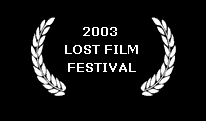
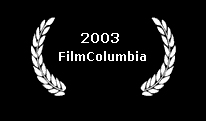
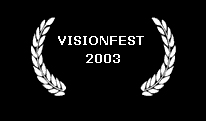
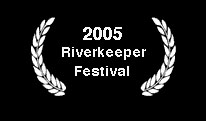
Mickey Friedman received the “Outstanding Achievement for Editing” Award at VisionFest 03.
84 minutes.